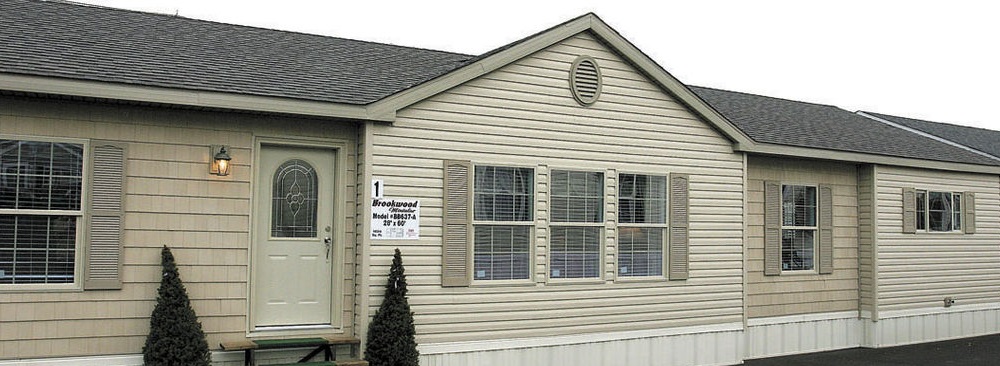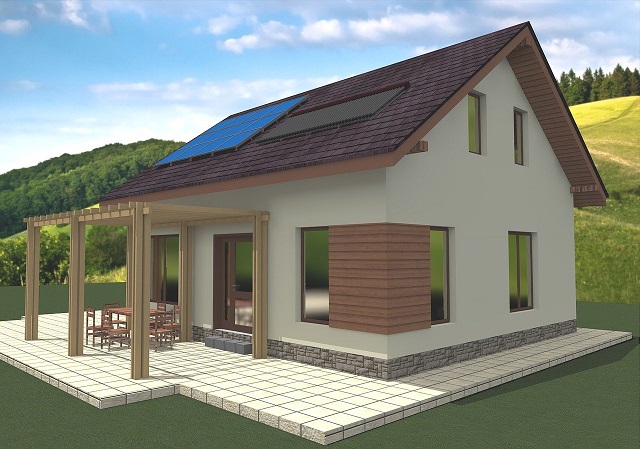3D printing technology, which applies robotic automation to
materials, is making some notable inroads. Let’s take a brief tour of what’s
out there.
From the East Coast…
Recently, a 3D printed house in New York was listed for about
$300,000 on Zillow. The home is advertised as “a piece of
history.” Yet its price is competitive with — actually, a bit lower than —
homes with comparable floor plans in the area.
The home’s manufacturer, the Long Island company SQ4D Inc., used
an Autonomous Robotic Construction System, or ARCS — a very large 3D printer.
The ARCS system laid the concrete foundation, created walls, and built the base
of the carport one layer at a time. It additionally set up the basic systems
and utility lines for the 1,900-square-foot home.
In this process, concrete is extruded through the printer. Then it must quickly strengthen, to receive the load of all higher layers. Each layer must rapidly bond to the next. The printing phase spans just eight days, constructing about 40% of the building. Then, the human construction workers come onto the scene to complete the work. You can watch the printing in action here.
To the West Coast…
Oakland’s Mighty Buildings company offers modular dwelling units, or studios, made with a proprietary form of synthetic stone. The 350-square-foot buildings are totally 3D printed and connected to utilities. Joined-up multiple units (“duo” or “quatro” options) form larger structures. Still larger home designs involve bringing whole 3D-printed panels to the worksite. Here’s how it works, from zoning and permitting to moving in. The company also works with lenders and enables financing for the studios.
The goal of Mighty Buildings is to work collaboratively with
other builders worldwide, starting in southern California. The company’s
leadership believes 3D printing could transform mass residential construction.
Continue reading “Rising Stars in Construction Tech: 3D Printed Houses”










